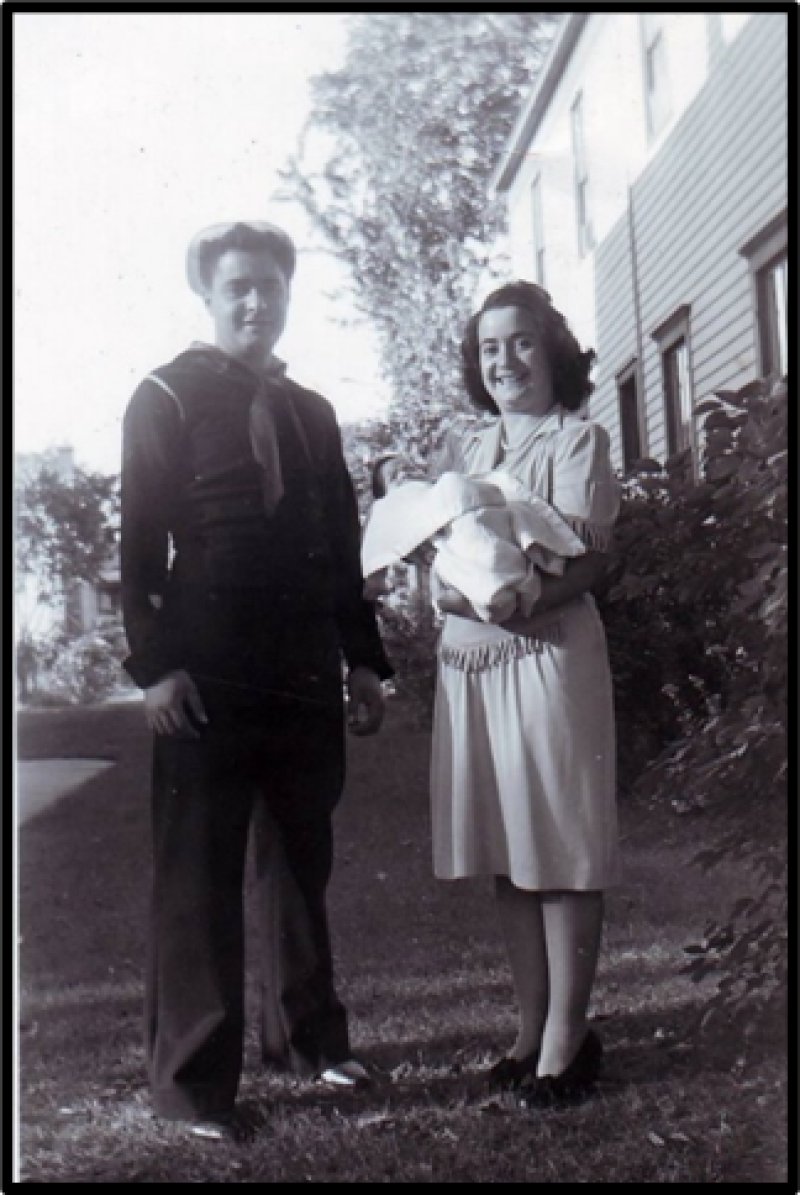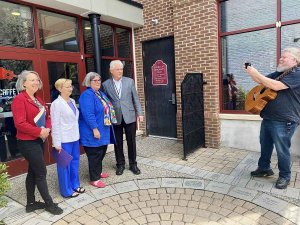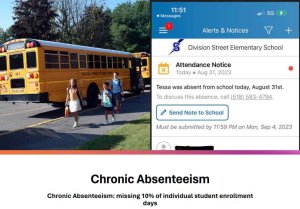For the family of Italian immigrants Genaro and Jenny Lambert(i), a July, ‘43 headline “ALLIED INVASION OF SICILY” had special meaning. Although the German occupation of Europe (Poland had been overtaken in thirty five days. Belgium, Netherlands, Luxemburg, and France had surrendered in six weeks) painted a grim picture, the newspapers’ headline created hope. No one thought defeating the Axis powers would be easy, but maybe the tide was turning.
Genaro, Jenny, and their three daughters knew that brothers Dominick, Joseph, and Alphonse, had registered for the peacetime draft and were now serving in the Armed Forces. All three sons had worked at the Van Raalte factory referred to as the silk mill. The youngest son, Alphonse, had celebrated his twentieth birthday four days before the attack on Pearl Harbor. The oldest son Dominick and Joseph enlisted in the Army. The youngest son Alphonse served in the Coast Guard.
Angelina Lambert LaBelle who passed away in 2015 at the age of 97, was interviewed at the New York State Military Museum as a part of a Veterans Oral History Project. Angie talked about her family’s home front experience. In 1943, at the age of 25, Angie was the Children’s Court secretary. As a young professional, Angie recalled hoping to purchase a new pair of shoes, a very coveted item because leather and rubber were saved for soldiers. Her strategy was to trade other types of ration stamps in order to outfit herself for walks on Broadway and work in City Hall where Judge, Spencer B. Kelly, held court “each other Monday”. The judge rotated among the city and surrounding towns in what is now known as Family Court.
Children’s Court handled cases created by the war and the absence of fathers serving stateside or overseas. In some cases, the absent fathers were the only bread winners and mothers sought financial assistance from the court and recommendations regarding suitable boarding homes. When men entered the Armed Forces, women began to enter the workforce. Even school budgets changed. A smaller amount was set aside for after school programs when dollars were needed for the war effort. Working mothers and fewer after school programs impacted students. The court addressed the behavior of unsupervised young people. The Saratogian printed two related articles. One article described the vandalism of the City’s honor roll, the list of men serving in the Armed Forces. Not long after, the paper printed a second article about a break in at a youth camp (fine $5). A year later, LOOK magazine included a picture and quote in an article about a nearby city. The young person said, “Nowhere to go, nothing to do.”
Angie’s most vivid memory was that of her mother, Jenna, and her concerns for her three sons nicknamed Scrappy, Beezie and Phonsie. A part of her concern was their whereabouts. President Roosevelt’s 1941 Order 8985 allowed servicemen’s letters to be censored. The pins worn by War Service employees said it well….Silentium, Victoriam Accelerat- silence speeds victory. Words in letters were cut out or covered with black ink. Jenna Lambert felt she had no way of knowing where her sons were. The uncertainty was unnerving. But her greatest fear was receiving a letter from the War Department indicating that one of her sons had been captured, injured, or killed.
Jenna Lambert chose to take action. She asked for help. She extracted a promise from the mailman. The mailman agreed to return to the Post Office and look for any War Department letter addressed to her family. Should such a letter be there, the mailman agreed to deliver it to her that day. It is more than likely that the mailmen were conscientious every day; but without the promise, Jenna, believed that she could not sleep.
In a fireside chat delivered on the radio, President Roosevelt said, “The front is right here at home in our daily lives.”
FDR was right. Regulations, routines and uncertainty became a way of life. City residents learned to make or purchase cloth shades and comply with black out drills. Rationing affected wartime commodities including: gasoline, coffee, sugar, meat and shoes. People learned to adjust. High school students participated in take home drills and knit for families in Britain. Young mothers found employment and delivered their young children to newly established day care programs at St. Clements, the Dominican Convent, and the Katrina Trask Nursery before going to work. Mothers planted Victory Gardens and as best they could, checked on the whereabouts of their children after school. Civil Defense Volunteers monitored the skies from the windows of the armory’s turret. Volunteer Block Leaders surveyed neighbors regularly and kept them informed about regulations and the complicated price point system. Items which could be used in the scrap metal drive were left near the curb for pick up. Some women acquired nursing skills in order to replace nurses who enlisted.
Eighty years ago, it seemed as if everyone knew a man serving our country or a family concerned about someone potentially in harm’s way. Many Saratoga residents were just like the Lambert family who lived at 27 South Franklin Street, Saratoga Springs. Fearing the worst, hoping for the best.
For further information on the homefront during WWII, search the New York State Military Museum and Veterans Research Center, the Bolster Collection at the Saratoga Springs History Museum, or visit the Saratoga Room at the Saratoga Springs Public Library.
Angie Labelle’s interview is at youtube.com/watch?v=Px_DpGNLPrk. Note: Also part of this interview is Maryann Cardillo Fitzgerald, Saratoga Springs City Historian, the baby is the picture. Angie was her Godmother.
Harriett Finch is a retired Glens Falls Middle School principal and volunteer at the New York State Military Museum.







































